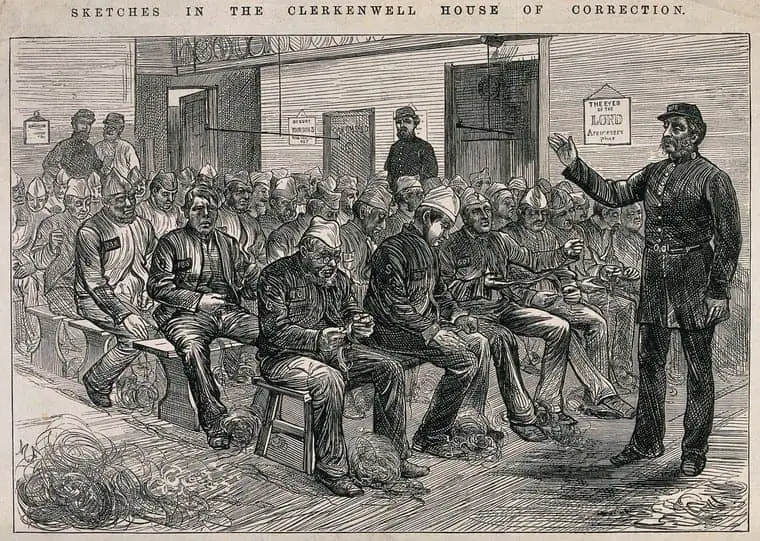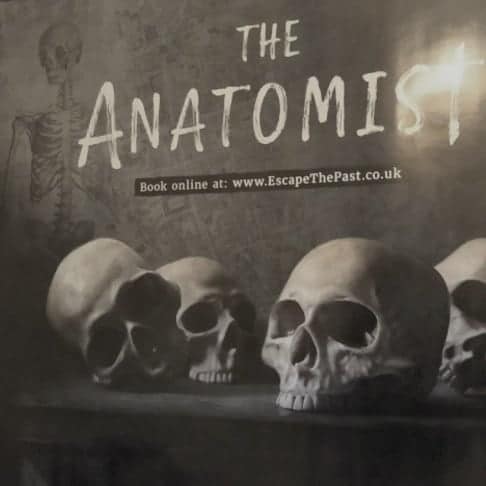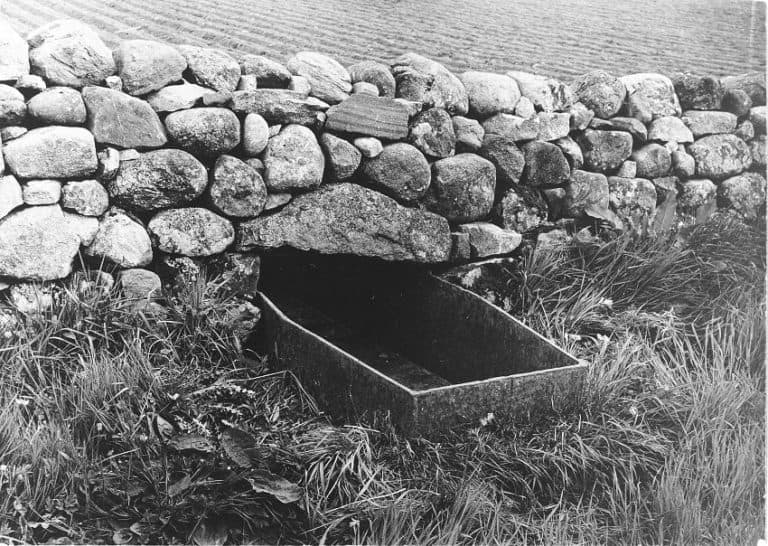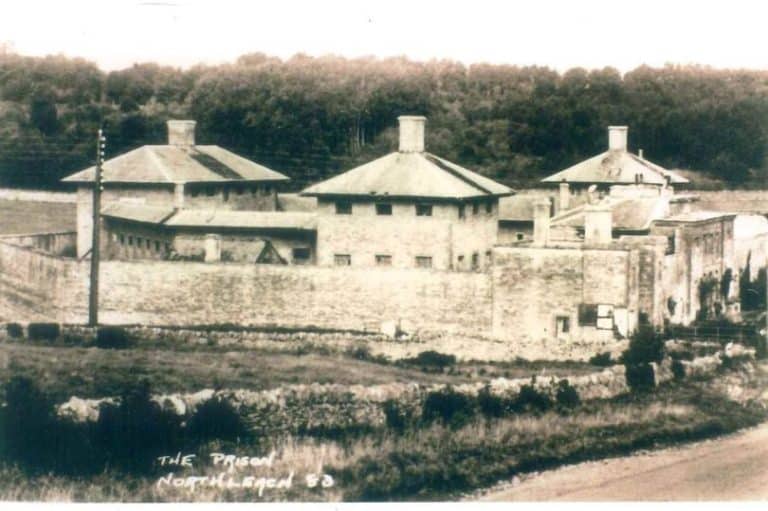Bitter Salts & Pickled Herrings: The Pitfalls of Transporting Cadavers
As the 19th century progressed and the demand for cadavers from anatomy schools and teaching hospitals across Britain rose, more and more ‘subjects’, in other words, teaching material, was required.
Inner-city churchyards were becoming attuned to the antics of the resurrection men, with many graveyards being heavily guarded or having anti body snatching prevention installed over the recently interred.
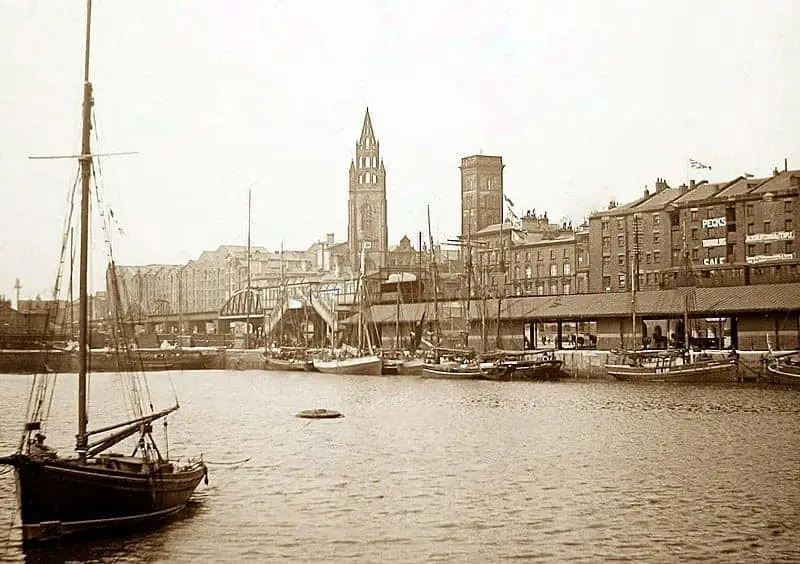
This forced body snatchers to steal cadavers from the quieter, less guarded, country graveyards lying outside the city boundaries and ship them in, sometimes en-mass.
Cadavers taken from country graveyards were usually subject to some type of journey. And whether this was on a cart, coach, or boat, they all had one thing in common. The journey had to be made swiftly and as inconspicuously as possible. Stuffed into tea-chests, hampers, or barrels, corpses were labeled foodstuffs or fragile goods in the hope to get them past an ever suspicious public.
In a recent post on the Turf Hotel in Newcastle, which you can read here, I wrote about a few of the cadavers that had been discovered mid-transit on the back of coaches travelling up to Edinburgh.
This got me thinking about how cadavers were squashed into boxes and the whole shipping concept and so I thought it was time to share just a few of these stories with you here. No doubt this post is only the start of many more.
The Packing Process
I’ve written before about how body snatchers removed cadavers from the grave but if you haven’t come across that post yet, you may like to read ‘The fundamental Rules of Bodysnatching which you can find here, or another favourite of mine ‘What Did Body Snatchers Actually Do’ which you can find here to put you a bit more in the picture before we start.
Inner City Cadavers
While it is certainly true that transporting a single cadaver could, and did, get you caught, it’s perhaps surprising how many cadavers were moved through the urban streets in this way.
Carefully concealed in a sack in the back of a gig, it was considered safer and less conspicuous to move a cadaver in broad daylight rather than under the cover of darkness.
Sheffield body snatcher Alexander Lyons took this to the next level however when he was caught nonchalantly walking up the back steps of Sheffield Music Hall in 1831 with the corpse of William Hopkinson slung over his shoulder.
Needless to say, he did get caught and was sentenced to two months imprisonment and a fine of 6d.
It wasn’t just body snatchers who got caught either. In 1821, a Doctor walking through the toll gate at Waterloo Bridge was stopped after the basket that he was carrying aroused suspicion. Quite right to, for it contained a dead body which:
‘was covered over with paper; the smell from the basket [being] very offfensive’
The Doctor on this occasion made his escape, taking the opportunity to run off when the hamper was being opened.
The Picadilly Incident
n the middle of the summer months of 1823, quite outside the ‘season’ for dissection, a gentleman was spotted walking along Picadilly, minding his own business. He could also have been walking along Pall Mall, it purely depends on which newspaper you happened to have been reading that morning.
It wasn’t the gentleman himself that aroused suspicion, however, but the bundle that he was carrying over his shoulder.
Completely oblivious to the fact that he’d attracted a large crowd, he carried on his way non the wiser. Before long, much to the absolute horror of the gathering followers, an arm slipped out from the bundle on the man’s shoulder.
Quicker than he perhaps thought possible, the gentleman was suddenly whisked to St James’s watch house where he was made to account for his actions.
It was perhaps to everyone’s relief, therefore, that the arm in question belonged not to a cadaver but to a tailors dummy, dressed in female clothes.
The gentlemen had merely been going about his daily business for he was a tailor and the ‘corpse’ his tailor’s dummy used to make lace dresses.
Going ‘Long Haul’
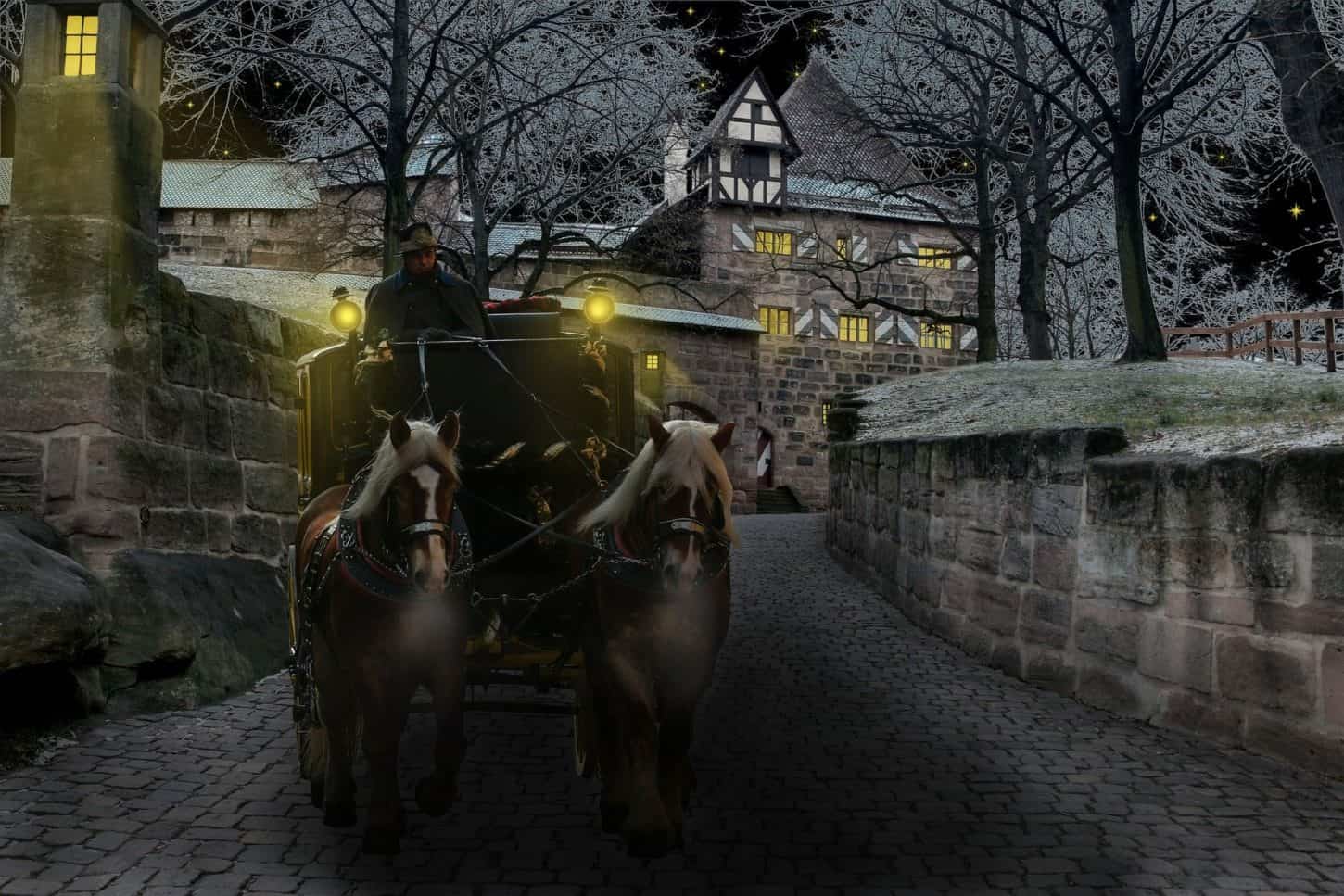
Preparing a body to be transported on the back of a coach or boat, for example, was a very different process from getting it ready for local delivery.
Passengers and staff at both coach offices and docksides were becoming suspicious of unaccompanied hampers and boxes that the need for concealment was becoming ever more important.
There was only a certain amount of space available on a coach, either on the roof, with an escort as was the case when two Huddersfield apprentices, John Beaumont and John Barker, transported 12 yr old Thomas Ellam on the Leeds coach in 1827, or on the back of the coach, strapped onto a carrying box as many of the cadavers making across the country were transported.
Packing Materials
Bodies were folded, squashed, and stuffed into old barrels and boxes, their bodies folded roughly in half and their ankles tied up against their ears. They were subsequently labelled up as ‘Pickled Herrings’ or ‘Bitter Salts’ or even ‘Glass: Fragile. This Side Up’ in an attempt to put people off the scent.
The naked corpse would then be packed around with straw, sawdust, or some other absorbent material such as dry salt before the lid was nailed shut. There are some accounts that I’ve come across where perfume has been added to the sawdust to try to mask the smell of a human corpse. This may have worked with a ‘fresh’ cadaver, but sooner or later, it was always the smell that gave you away in the end.
If a corpse was to be squashed into a barrel, however, they could have been covered in brine. The options were endless when it came to ‘pickling’ a cadaver.
If things went to plan, then the cadaver you were shipping would end up being collected by a porter in the dock or coach house as intended.
If things didn’t go to plan, then it would be a different story entirely.
Detection
If anything was going to arouse suspicion it was always going to be the smell emanating from the hamper and wafting through the coach window.
Something like this could not be ignored and as we have seen, suspicions about the increasing trade in cadavers were putting many passengers and officials on high alert.
Just a few of the instances where a cadaver was discovered after following one’s instincts are as follows:
A cadaver, discovered at the George Inn, Bridgewater after the landlord became suspicious in 1829.
A box addressed to Hon. Benjamin Thompson is seized at Carlisle by the watchman
1831
The body of a man found tied up in a hamper & mangled in the most shocking manner at Downe’s Wharf
1815.
At one point it must have appeared that every unaccompanied parcel was a loved one in transit with more and more discovered, similar to those above, appearing in newspapers more often than was wished for.
The Christmas Present
Tensions were that high amongst some passengers that anything suspicious was immediately hauled from the coach and a constable was sent for to open the package.
In 1828, the York Herald reported on a story in York where a suspicious-looking box was currently sitting in the coach offices at the Wheat Sheaf, Castlegate.
Neatly labelled to a Mr Mackenzie, ‘Lecturer of Annatomie’ [sic] at the University of Edinburgh, the box, measuring 16″ x 16″ x 3ft 1″ (that’s roughly 41cm x 41cm x94cm; if you measure it out you can see why it would look suspicious) was due to be put on the High Flyer later that day.
However, the coach driver was refusing to accept the box and there was only one thing for it, prize open the lid.
As with most things historical, a large crowd had formed to witness this spectacle. But something strange occurred.
Rather than the crowd reeling back in horror at the sight that confronted them, smirks began to appear on their faces, ripples of laughter filtering through the crowds.
The contents of the box you see did contain flesh, but it was of the porcine variety. The item inside was a selection of four Christmas hams, on their way to Edinburgh for the good Dr’s Christmas feast.
Wholesale Transporation
In 1826, one of the largest discoveries of the wholesale shipment of cadavers was found in Liverpool. You can read a full account of the discovery in my post here.
Soldiers loading barrels of ‘Bitter Salts’ onto the fishing smack Latona at George’s Dock, caught a whiff of something more than just a bit offensive.
After gathering around and discussing the possible sources of the stench, it was decided that the best practice would be to get the skipper who would be able to get to the bottom of things.
Instead, however, of removing the lid of the barrel like any sane person would do, the skipper, curious to know where the stench was coming from, removed a plug in the side of the barrel and thrust his hand into the unknown!
To their surprise, the soldiers had just stumbled upon barrels belonging to a gang who were involved in the wholesale transportation of cadavers to Scotland. The three barrels waiting to be loaded from the dockside contained eleven bodies in total.
These were traced back to the cellar of a house in Hope Street, Liverpool, and when authorities entered the rooms, more barrels were discovered, all awaiting shipment to Scotland.
Some barrels were already packed with cadavers covered in brine and the body count was steadily rising. The items discovered at Hope Street that October day was frightening:
In all, a total of thirty-three cadavers were found.
It is thought five men were involved in this operation, one of them, a man called Henderson was never traced again after he made his escape at the beginning of the investigation. Two men, named Donaldson and Gillespie received very different sentences. Donaldson, a year’s imprisonment in Kirkdale prison whilst Gillespie was released.
The fate of the final two men, Peter MacGregor and John Ross was, when they were finally apprehended, the same. Twelve months imprisonment with a £25 fine.
The Cadavers Fate
But what of the cadavers that were so thoughtfully rescued?
For the majority of those rescued from the Turf Hotel in Newcastle, their journey would end in the already overcrowded cemetery at Ballast Hills. For the other, a similar fate awaited.
If the body wasn’t too decomposed, it would have perhaps gone on display on a table in the back room of a local Inn, an advert placed in the paper almost like a ‘Lost Property’ notice ‘Body found’.
If no one came to claim the deceased, the coroner would close the inquest, the parish in which it was found would group together and reinter the body, giving it what would be hoped its final resting place.
The death certificate completed, ‘found dead in a box’.
Researching Transporting a Cadaver
This is perhaps my favourite part of the whole body snatching phenomenon, how they transported cadavers, and more especially, how were they discovered; a protruding foot or a more than offensive aromatic juice slowly oozing from the corner of an abandoned hamper.
If you want to try to find your own pitfalls then a great place to start is within the historical newspapers on the British Newspaper Archive website. This link here will take you to their home page, but you will need a subscription to start searching. They sometimes offer a free trial or free weekends, so it’s always worth keeping an eye on their website.
The Liverpool case is covered extensively in the newspapers and it makes for a very interesting read if you wish to follow the story through. Just target your search ‘Resurrectionists’ or ‘Wholesale Resurrectionists’ for October 1826 and that should give you a good starting point.
I’ve expanded on these stories, together with a few more in my book Bodysnatchers: Digging Up the Untold Stories. If you’re interested and can cope with me witting on about body snatching for over 100 pages then this link here will take you to AbeBooks.co.uk where you can buy a paperback edition. Or, if you prefer to shop with Amazon, you can take look through a preview of my book here on their website.


